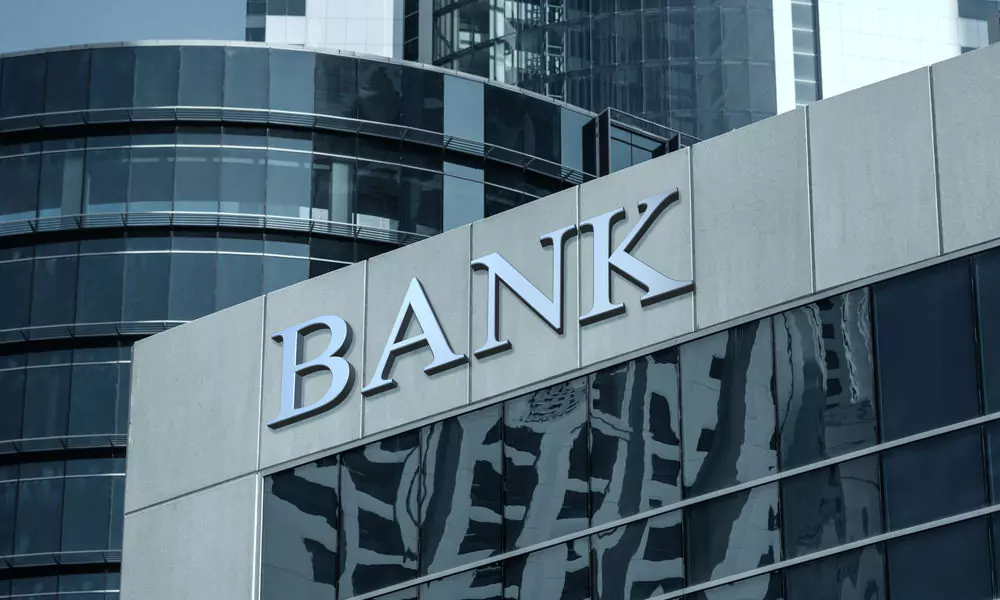We are currently watching an influx of new challenger banks into the UK market. A good part of the reason is down to changing customer preferences for online banking’s speed and convenience. For sure, when it comes to customer satisfaction levels, they’re surpassing their High Street counterparts, even after adjusting for a level of continuing hostility towards the big banks.
Nonetheless, for reasons not always quite clear, UK customers continue to demand easy access to bank branches, protesting loudly when any closures are contemplated. But UK branches are not supported by the account and transaction fees which enable their US peers to prosper, leaving a big gap between expectation and economic reality. The consequent ask of how then to deliver the service levels demanded within current budgets is increasingly being put to technology. The immediate way ahead seems clear.
Get friendly
Technology must add to the modern omnichannel experience and turn banking into what should, and can, become a speedier, more enjoyable activity. Some banks have already begun to use remote tellers in branches: customers interact with remote staff via video and can feel they are still getting a personal service. With remote tellers, banks have the ability to not only extend hours with fewer employees, but can also reach a larger population while cutting costs.
Delivering a personal service also requires a branch environment to be made less formal. Equipped with tablet technology, staff members can be more flexible in how they serve customers, for instance by using tablets to demonstrate tools to customers or to quickly retrieve information.
Offer salves
Banks should understand what makes a branch appealing to a customer over time. A significant portion of customers in Australia, for example, say they would permit a price premium if it meant they could receive the love and attention which they understand defined branch services in the past. Customers are also willing to pay to reduce the time and hassle that they fear characterises all financial activity outside the ATM.
Customers would also appreciate a more immediate solution to lost or forgotten debit cards and the consequent inability to take out cash in an emergency. Smart ATMs let customers carry out mobile cash withdrawals without a debit card, making the activity both quicker and easier.
Streamline
Senior banking and insurance executives feel that branch-based avatars, the use of beacons, and facial recognition can all help to improve branch customer satisfaction, according to a recent study from Pegasystems The Future of Retail Financial Services. These technologies allow banks to both streamline and personalise branch experience effectively and cost-efficiently.
Beacons help to provide more timely assistance so that good customer service is delivered like a well-oiled machine. They notify staff when customers enter the branch and analyse the customer’s ability to use ATMs and self-service booths.
Employ a robot
Technology that is applied intelligently yields numerous benefits. With reduced error rates come less capital spent dealing with operational risks and the costs attached. And avatars and AI-driven actions don’t usually miss-sell, forget or defalcate – so customers, banks and regulators are likely to see fewer compliance breaches too.
Just take a look at Nao. Nao is a robot that is being used by Japan’s largest bank to engage its customers in up to 19 languages. Aside from ‘hearing’, its front-facing camera also analyses customers’ facial expressions and tone of voice to pick up emotions. Armed with insight into over 100 products and 5.5 million plus customers, Nao greets Mitsubishi UFJ Financial Group customers. It works out the customer’s language, which services the customer needs and then directs the customer to the right member of staff – depending on factors such as current mobile activity, products used and past experience. Each and every interaction with a customer is valuable for Nao, and the robot learns the customer’s preferences and personality so that it can improve accuracy for the next interaction.
Innovative technology is making an impact in Europe too, where in some retail shops, changes in the moisture levels of customers’ palms are being measured to work out when a customer is likely to make a purchasing decision. These aren’t just gimmicks – the future really is here.
The wrap-up
Despite the prediction of multiple branch closures, and the widespread assumption that branches and non-process technology are conflicted, investment in branch technology is actually a great opportunity for banks to achieve greater customer satisfaction. But, perhaps because of complacency or excessive caution, too many organisations today are moving too slowly through what is a time of extreme digital disruption. We find that the adopters of technology are often the ones that are thinking first and foremost about customer experience.
A word of caution: it’s not just about the technology, but equally about how banks combine it with expectations of a branch experience in an effective and cost-efficient way. Banks should understand that customers still want to be able to visit a bank branch and speak face-to-face with an employee to get financial advice. Applied intelligently, technology can play a real part in bringing in-store experiences into the 21st century. Reducing the costs and error rates traditionally associated with banking in-branch, banks can leverage the right technology to ensure that they’re engaging with modern-day customers effectively in both the online world and the offline one.




